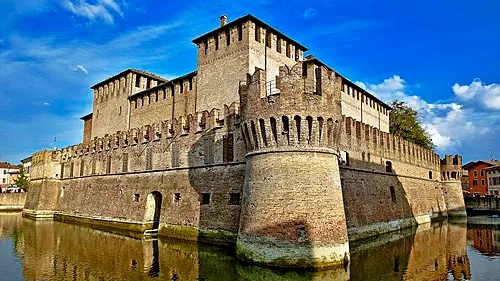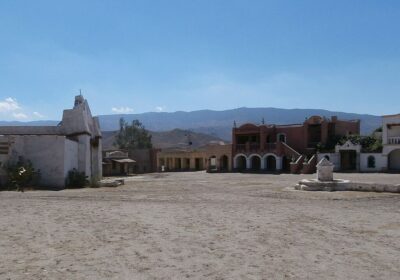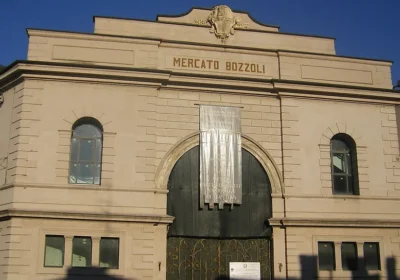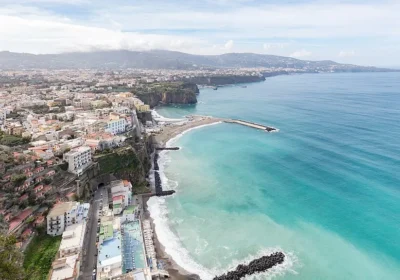The town of Fontanellato is located 25 kilometres from Parma. It is located north of Parma near the Po River, in the so-called Parma lowlands.
This area is a typical Padana plain with underground springs that feed the ground and create natural canals with clean water.
Since the 14th century, the Sanvitale lords have built their castle on the site of a 12th century fortress. The castle belonged to the noble Sanvitale family of Parma, which dates back to the 12th century. The family was interrupted in the middle of the 20th century by Count Giovanni Sanvitale. In 1948, the last owner of the castle bequeathed it to the city municipality along with the beautiful interiors. Today the castle has a museum.
The castle still has a typical medieval appearance, square in shape, with towers at the corners and surrounded by a moat. A stone bridge allows access to the inner courtyard. A special feature of the castle is that a water moat has been preserved around the castle until now.
The lord’s apartments are located on the first floor, where the Sanvitales lived until 1951. Walking through the many rooms, we will see a collection of 16th- and 19th-century weapons, 18th- and 19th-century pottery, and the Billiard Room still has its original 15th-century floor and ceiling. On the ground floor is the Pinacoteca and, the jewel of the whole castle, the small boudoir of Countess Paola with paintings by Francesco Mazzola, nicknamed Parmigianino.
In 1524 Paola Gonzaga, wife of Count Galeazzo Sanvitale, called the young Parmigianino to work. The subject depicts Actaeon’s transformation into a deer from the ancient Roman poet Ovid’s poem “Metamorphoses”. This painting is a fine example of the coming Mannerism.
The castle visit ends with a visit to one of the castle’s towers, which houses the optical room or so-called “camera obscura” (once thought to exist only in Nabokov’s novel of the same name), essentially a prototype of the modern camera. This camera obscura is one of the oldest in the world. Using a system of prisms, the image of the square in front of the castle is projected on screens inside the tower and the inhabitants of the castle are still outside as if on television.

















